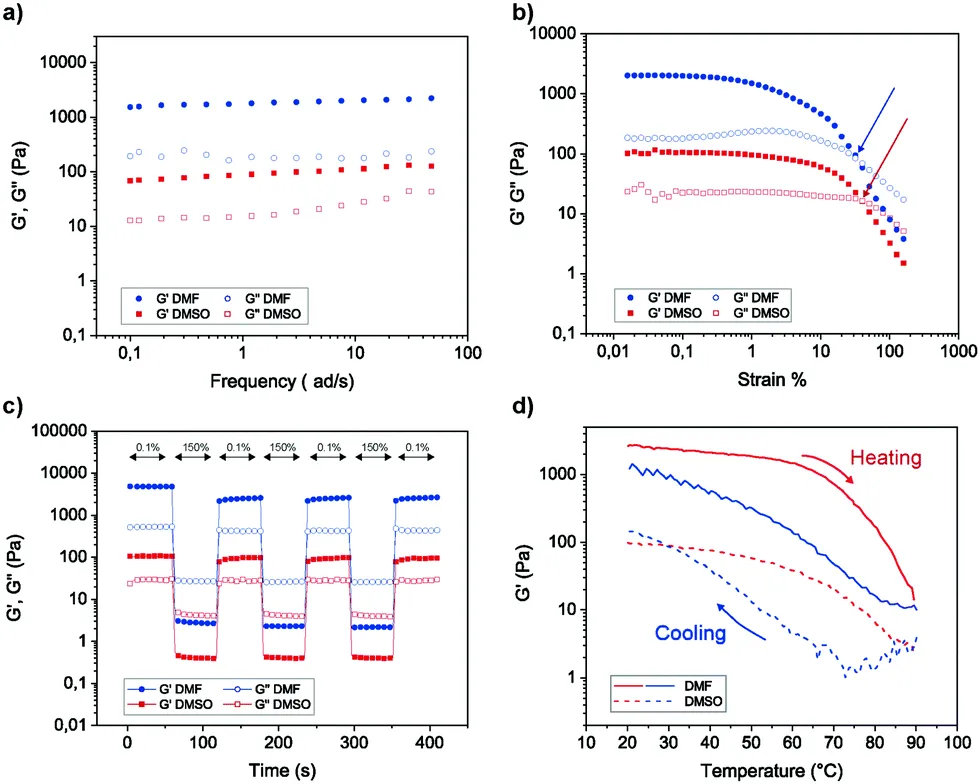
Bacteria TransferMouth bacteria are both good and bad. There are substantially more good ones than bad, but the bad ones cause big problems like cavities and gum disease – so they are not welcome visitors in our mouths. These bacteria – good or bad – do not just stay on teeth, they can travel and reach places like our toothbrush bristles.
Put simply, flossing cleans between the teeth where brushing can’t reach. The goal is to disrupt the formation of dental plaque before it calcifies to form calculus. Flossing correctly involves curving the floss around each tooth in a “C” shape and moving it up and down gently.
**ELI5**: Why/how can our gums strengthen after flossing but not recover from periodontal disease?
You can achieve Ultimate Oral Health this year by understanding these 5 Oral Wellness Points. A person should see their dentist if they experience bleeding or pain in their gums that lasts for longer than a week. Swollen and red gums that bleed easily are a symptom of gum disease.
When we floss, we are removing plaque and food particles from between our teeth and along the gum line. This helps to prevent gum inflammation and infection, allowing the gums to heal and strengthen over time. However, when it comes to periodontal disease, the damage caused is more severe and irreversible.
Swollen, bleeding gums; pockets of pus; or gums that have pulled away from your teeth are the most dramatic signs of periodontal disease. Subtler changes, such as widening spaces between your teeth, and bridges or partial dentures that don’t fit as well as they once did, may also signal periodontitis. Many people who suffer from sensitive or bleeding gums may be tempted to avoid flossing for fear of making their bleeding gums worse. But in fact, flossing can improve the health of your gums, thereby helping to prevent them from bleeding. In fact, it means you should floss and brush more often to avoid gingivitis and eventually, gum disease.
While you can’t catch gum disease through brief casual contact, repeated and long-term contact through saliva (such as kissing) may increase your risk for periodontal disease. If you floss your teeth vigorously, you may find that your gums turn red, become swollen, and even bleed. Your gums should recover quickly from vigorous flossing. However, if you notice that your swollen or bleeding gums last for several days or longer, there may be an issue. Eating Causes AcidityEvery time we eat we can almost assume that acids are generated in our mouths. There are a few exemptions to this, but most foods contain natural or added sugars, carbohydrates or some form of acid.
The Role of Flossing in Gum Health
But when it comes to heart disease, Lockhart says, it’s not clear “whether they’re part of the pathologic process or whether they’re just there.” Almost half of all adults in the United States have some form of gum disease. Flossing is a low-risk, low-cost way to clean parts of your teeth where your toothbrush can’t reach.
Flossing is a crucial part of maintaining good oral hygiene. By removing plaque buildup, we are helping to prevent gum disease and promote gum health. When gums are healthy, they are better able to withstand the forces exerted on them during chewing and speaking, thus becoming stronger over time.
How Periodontal Disease Differs
Periodontal disease is a serious infection of the gums that can lead to bone loss and tooth loss if left untreated. Unlike regular gum inflammation, which can be reversed with proper oral care, the damage caused by periodontal disease is often irreversible. Once the bone and tissue supporting the teeth have been damaged, it is difficult for them to fully recover.
FAQs About Gum Health and Periodontal Disease
- Can flossing alone prevent periodontal disease?
- While flossing is an important part of preventing gum disease, it is not a guarantee against developing periodontal disease. Regular dental checkups and professional cleanings are also essential.
- Is it possible to reverse the effects of periodontal disease?
- Unfortunately, once the damage from periodontal disease has occurred, it is often irreversible. Treatment options may help to manage the condition and prevent further damage, but full recovery is unlikely.
In conclusion, while flossing can help strengthen our gums and prevent gum disease, it is not a cure-all for more serious conditions like periodontal disease. It is important to practice good oral hygiene habits, including regular brushing, flossing, and dental visits, to maintain overall gum health and prevent the progression of gum disease.




